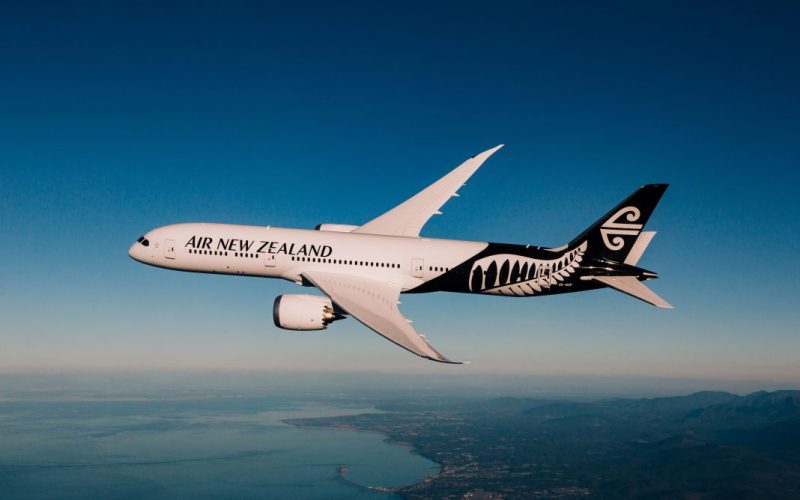Air New Zealand has released its inaugural 2030 Emissions Guidance, aiming to reduce net “well-to-wake” greenhouse gas emissions from jet fuel by 20 to 25 per cent by 2030, compared to a 2019 baseline. This new framework replaces the airline’s previously adopted Science-Based Target, which it withdrew from in 2024 amid uncertainty over key decarbonisation variables.
The airline described the new guidance as a “practical and transparent” mechanism to track its path toward achieving net-zero carbon emissions by 2050. Unlike static targets, the emissions guidance will be updated annually each August as part of Air New Zealand’s Climate Statement. It will reflect updated modelling that incorporates the airline’s progress, global and domestic policy developments, and prevailing market conditions.
Kiri Hannifin, Chief Sustainability and Corporate Affairs Officer, emphasised the airline’s commitment to climate accountability in the face of evolving technological and regulatory landscapes. “Rather than setting an emissions target that remains static, regular emissions guidance will give our investors and customers an up-to-date and clear view of our expected emissions trajectory, including the impact from external risks and opportunities,” she said.
Decarbonising aviation, she noted, involves numerous challenges beyond the airline’s control, including the limited availability and cost of sustainable aviation fuel (SAF). “We hope there may be opportunities to move faster as new technologies and the SAF industry grows,” Hannifin added, signalling that future updates could reflect greater ambition.
The guidance is based on a detailed analysis of the airline’s specific operating context and decarbonisation levers. These include:
- Sustainable Aviation Fuel (SAF): Gradual increase in uptake aligned with supply, affordability, and global mandates.
- Fleet and network optimisation: Renewal and efficiency upgrades as part of Air New Zealand’s long-term fleet strategy.
- Operational improvements: Enhancing fuel efficiency through technological upgrades and best practices.
- Carbon credits: Compliance with international schemes such as CORSIA, supplemented by limited use of high-integrity carbon removals.
No material contribution from next-generation aircraft is expected before 2030.
The shift to emissions guidance comes after the airline abandoned its previous science-based intensity target, which aimed for a 28.9% reduction in emissions per flying unit by 2030. The new metric focuses on net absolute emissions reduction, encompassing full lifecycle emissions from fuel production to combustion (“well-to-wake”).





















